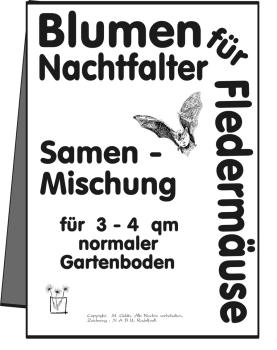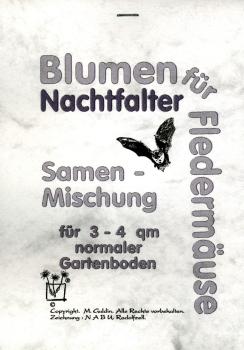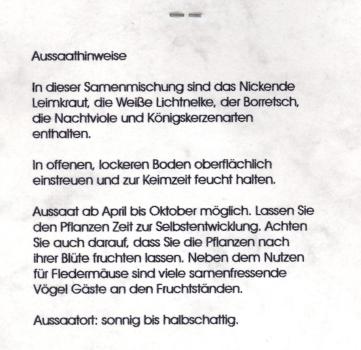Eurobats Publication Series No9
... Guidance on the conservation and management of critical feeding areas and commuting routes for bats
Until recently, most conservation efforts have focused on protecting bat roosting sites most vulnerable to disturbance, exclusion or persecution. EUROBATS has already published a guide on the conservation and management of underground roosts (caves, abandoned mines, bunkers, etc.) and aboveground roosting sites such as buildings of cultural heritage.
However, protecting bat roosts alone is not enough to ensure favourable trends in bat populations. Outside the roost, bats need suitable habitats where they can hunt and find sufficient food of the right sort, as well as routes that allow them to travel between roosts and feeding areas. In the past very little was known about the activities of bats outside the roost, but this knowledge gap has been dramatically narrowed with the development of bat detectors and, especially, with radio-tracking studies. These research methods have allowed scientists to follow bats from their roosts, determining how far they fly and which types of habitats they prefer for hunting. Our knowledge of the needs and habits of individual species is constantly increasing and certain recommendations on the conservation and management of feeding areas and commuting routes have already been developed.
Therefore, EUROBATS Resolution 4.9 urges parties to take the conservation of bat habitats into consideration and draft national guidelines for this purpose. The Advisory Committee was tasked with preparing said guidelines. Subsequently, a working group on the conservation and management of critical feeding areas, core areas around colonies and commuting routes was convened to draft this document. Furthermore, resolution 7.9 reiterates the importance of critical feeding areas and commuting routes, and urges parties to make decisions based on the generic EUROBATS guidelines, taking them into account where matters of land use are concerned. These guidelines, which draw upon the latest scientific information on each European species, should help in considering bat habitats during various land-management activities and thus make a positive contribution to their conservation. It should also help regulatory authorities to ensure that agriculture regulations, forest management regulations and support schemes are designed in such a way as to ensure the conservation of these protected species. As this document is intended to cover the entire range of EUROBATS, supplementing it with national guidelines is highly encouraged, since national and regional guidelines can take local farming and forest management practices into account, ensuring both their relevance and effectiveness.
G192-E Eurobats Publication Series No9:
- ISBN: 978-92-95058 (englisch)
- Herausgeber: Eurobats
- Autoren: E.-M. Kyheröinen, S. Aulagnier, J. Dekker, M.-J. Dubourg-Savage, B. Ferrer, S. Gazaryan, P. Georgiakakis, D. Hamidovic, C. Harbusch, K. Haysom, H. Jahelková, T. Kervyn, M. Koch, M. Lundy, F. Marnell, A. Mitchell-Jones, J. Pir, D. Russo, H. Schofield, P.O. Syvertsen, A. Tsoar
- 109 Seiten
- 52 Abbildungen
- Paperback
- Format: ca. 16,5 cm x 24 cm


















